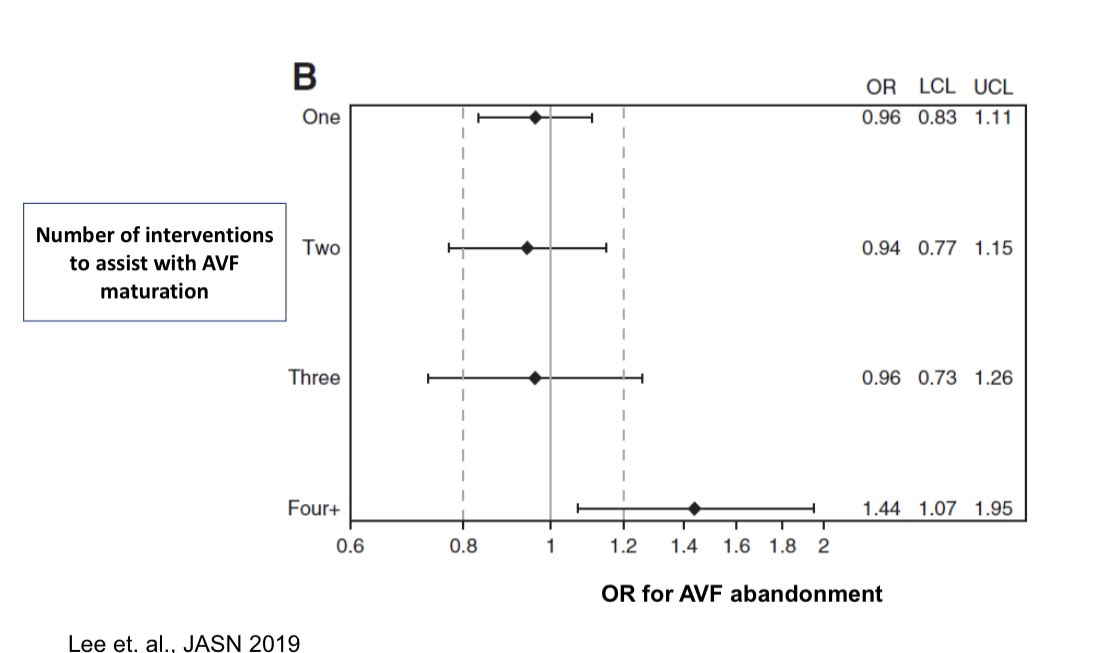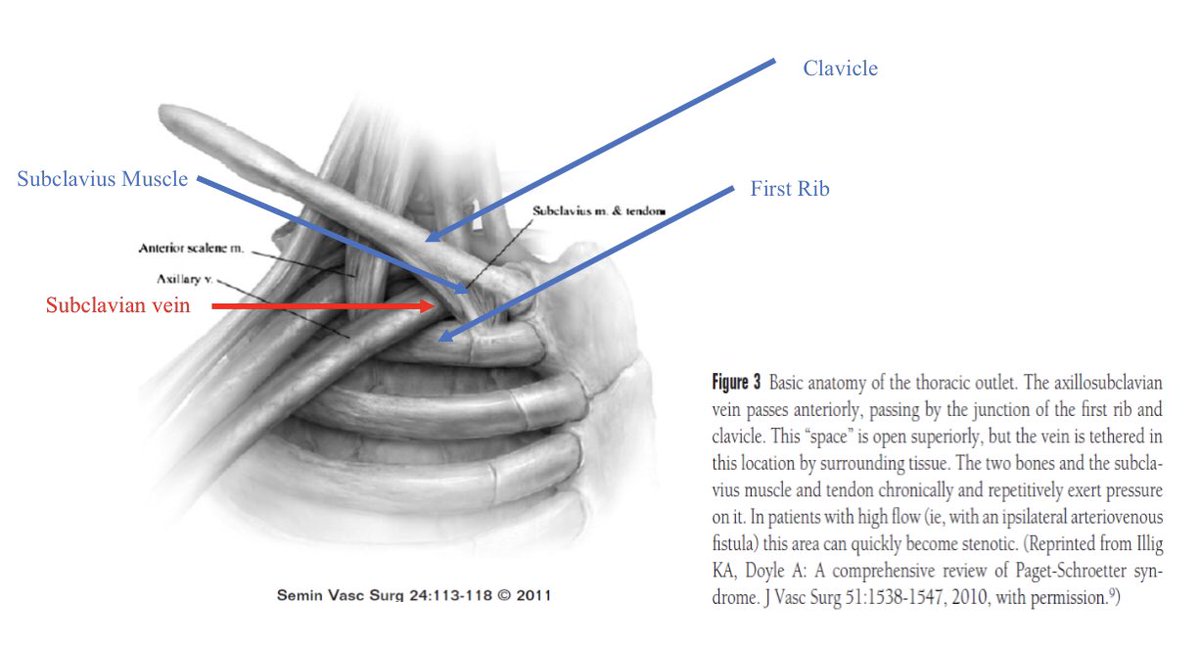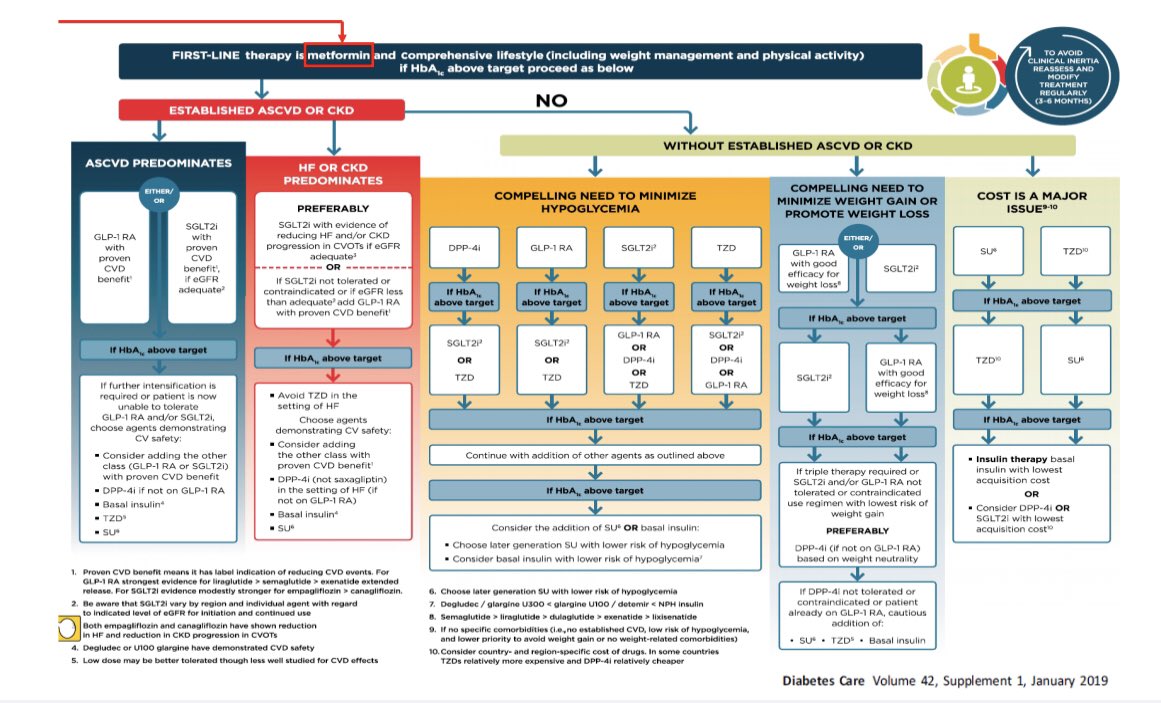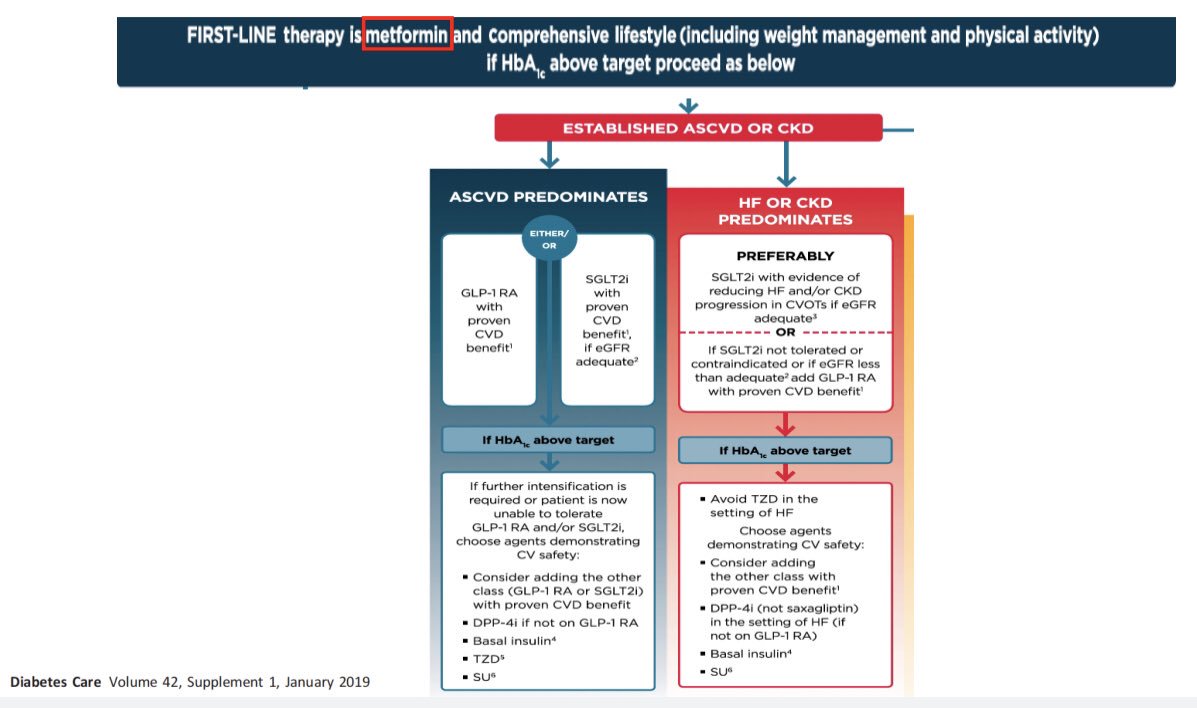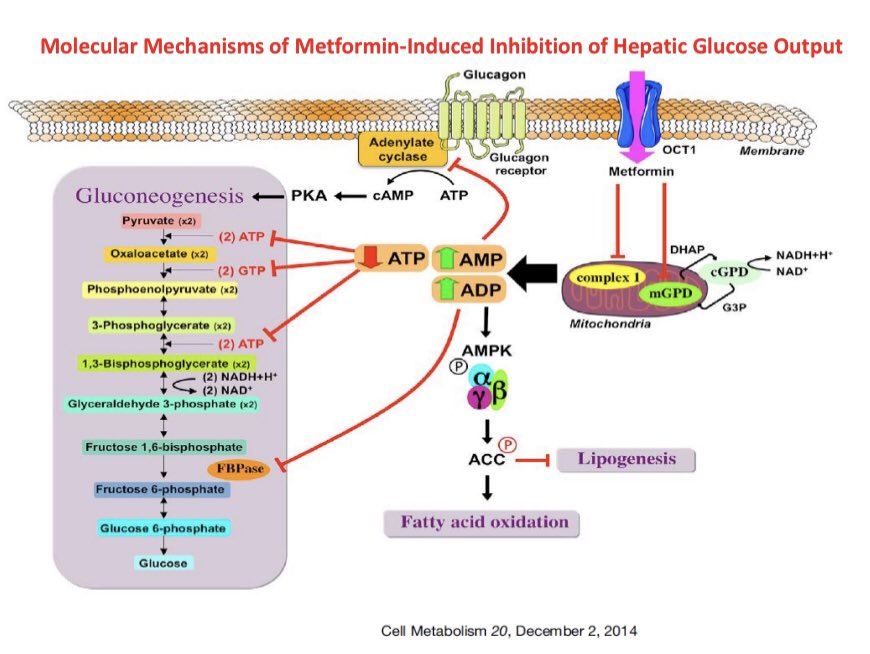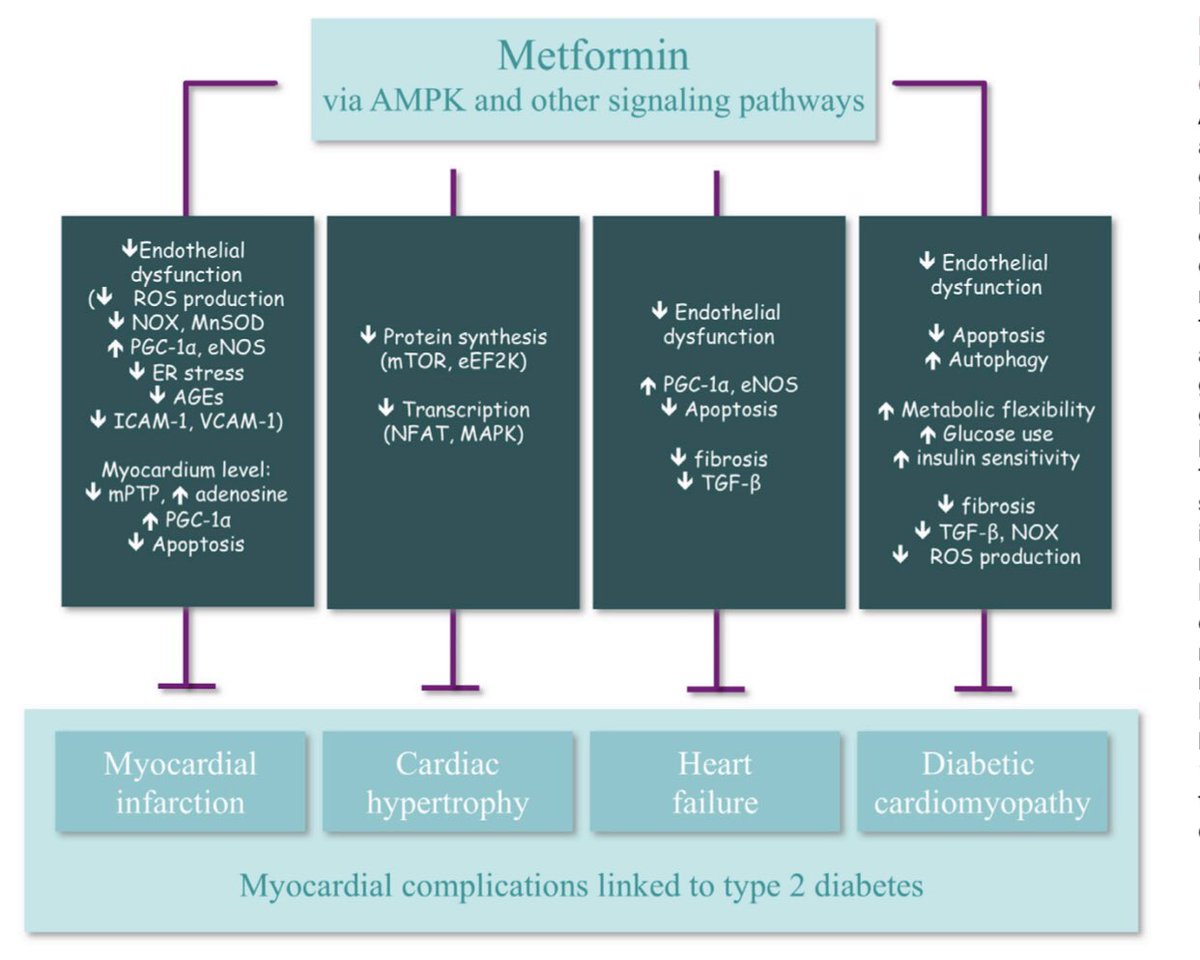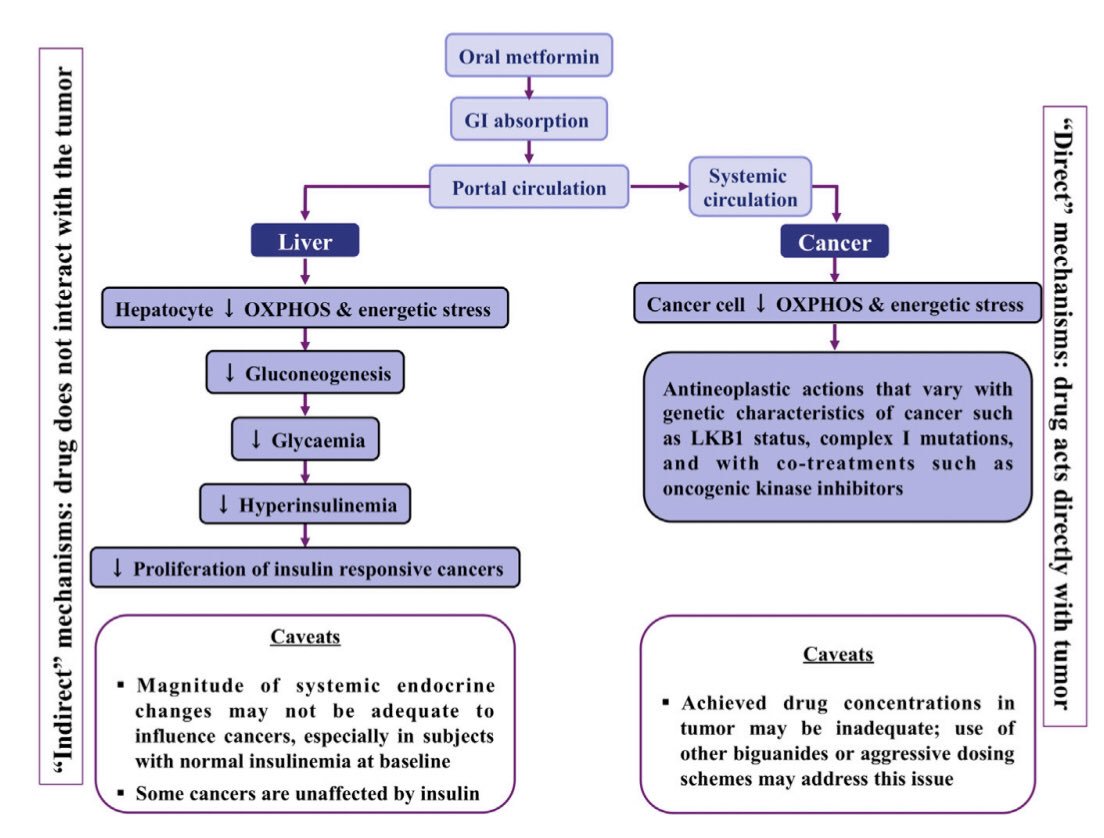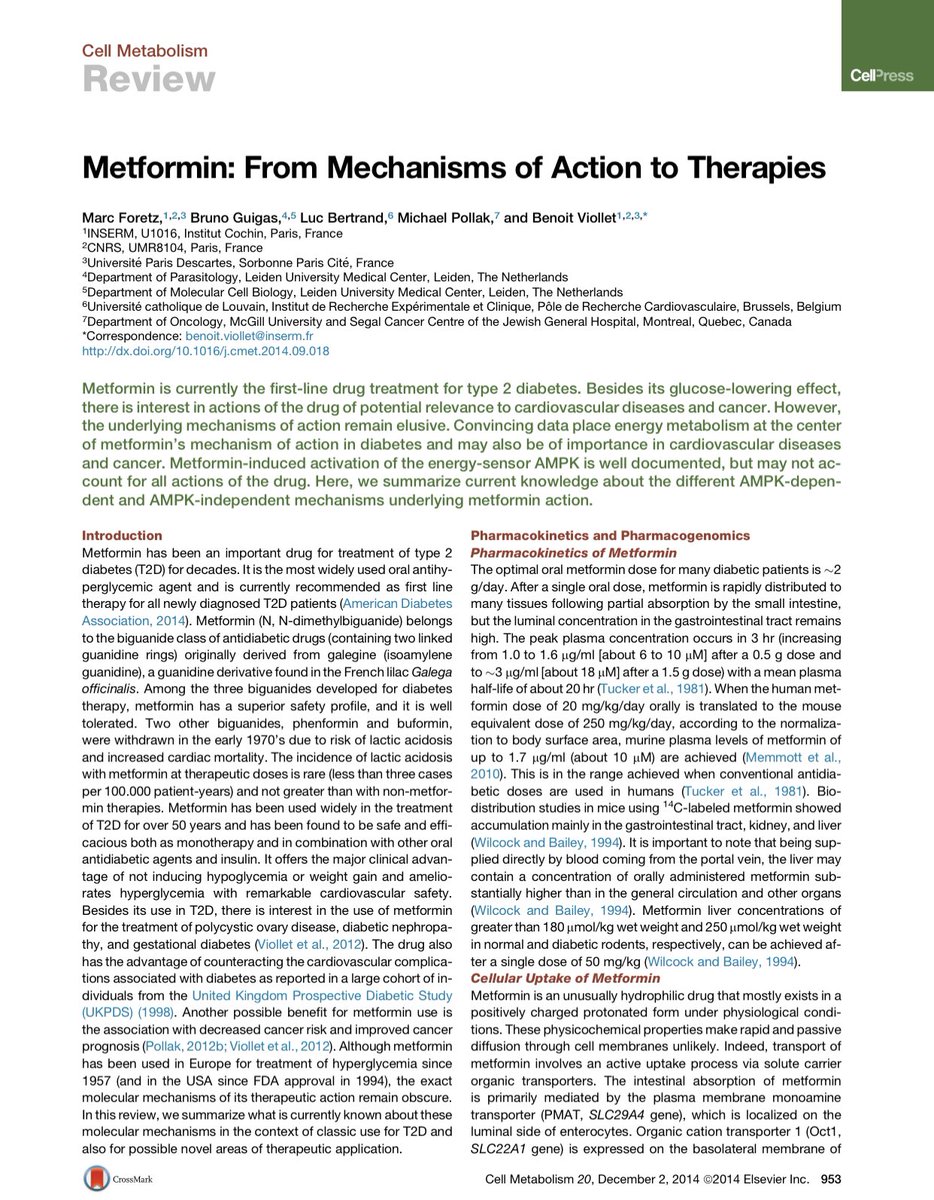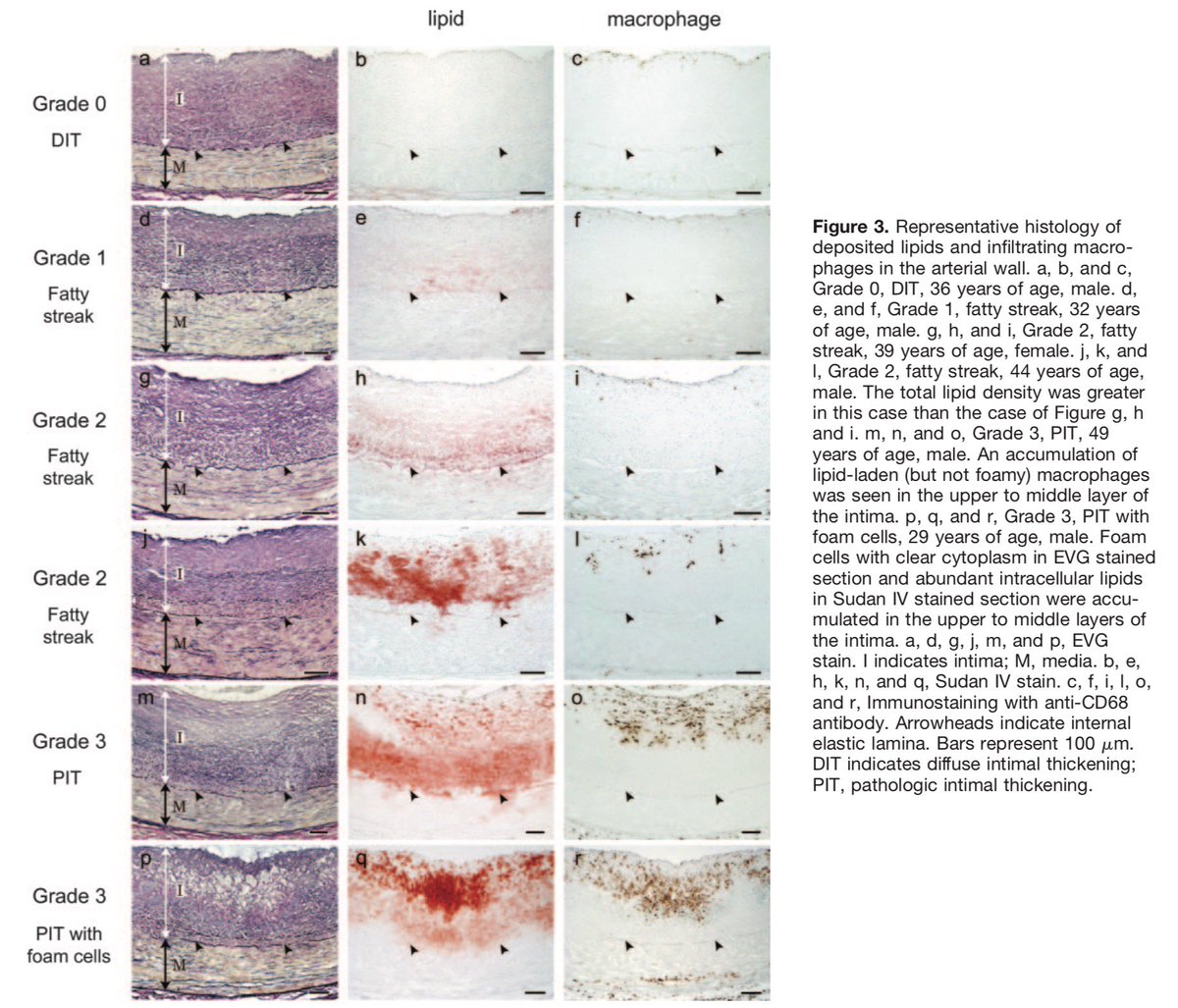Tweetorial
⚡️What is an Endovascular Arteriovenous Fistula?
⚡️How is an EndoAVF different from a surgically created AVF?
⚡️EndoAVF Outcomes?
@ASDINNews
#EndoAVF
#VascularAccessPearls
1/
In the next few years, Endovascular AVF will completely replace the Surgical AVF for hemodialysis
⬆️ patency compared to AVG or CVC
‼️But there is a caveat
⚡️AVF also have a high primary failure rate - meaning that a significant number of AVFs ~ 20% - 60% fail to mature
3/
⚡️AVF maturation is dependent on vessel remodeling
⚡️Vessel trauma during surgical AVF creation likely contributes to neointimal hyperplasia which
➡️ stenosis ➡️ failure to mature
4/
⚡️EndoAVF is an AVF created using percutaneous catheter-guided technique
⚡️Currently 2 devices are approved for EndoAVF creation
📌Ellipsys
📌WavelinQ (old name EverlinQ)
6/
⚡️Both devices depend on the perforator vein to feed the superficial veins in the arm which are subsequently cannulated for dialysis
⚡️You may be wondering what a perforator vein is?
7/
EndoAVF:
✅avoids vessel manipulation-likely
⬇️ neointimal hyperplasia
✅ preserves vasa vasora - likely
⬇️ fibrosis
✅ side to side AV anastomosis- likely
⬇️ vessel wall shear stress
10/
⚡️Long term outcomes are unknown
⚡️It’s success will depend on education & training of patients, dialysis staff & nephrologists as EndoAVFs look & feel different from surgical AVFs (no scar) & multiple outflow veins
19/
⚡️EndoAVF fits the KDOQI algorithm: Start distal & then move proximal for AVF creation
20/
In the next few years, Endovascular AVF will completely replace the Surgical AVF for hemodialysis
📍EndoAVF creation is minimally
invasive
📍EndoAVF has:
⬆️ technical success rate
⬆️ functional & cumulative patency
⬇️ time to cannulation
⬆️ patient satisfaction
‼️But proper patient selection is the
key
End/



